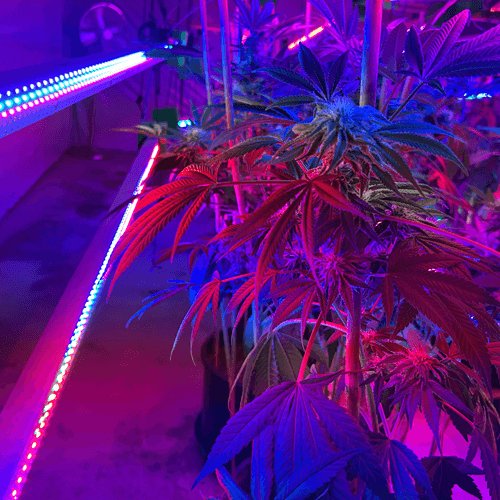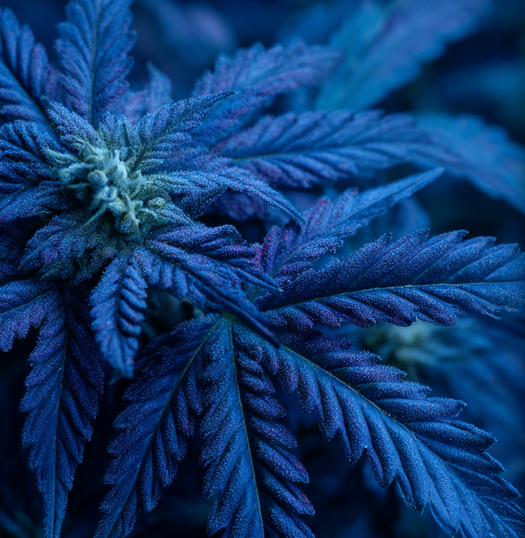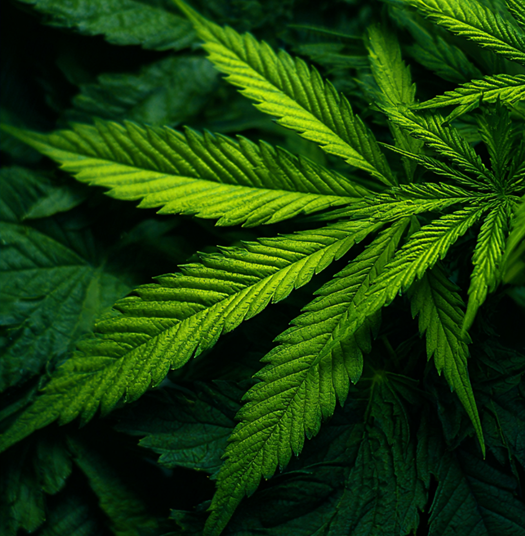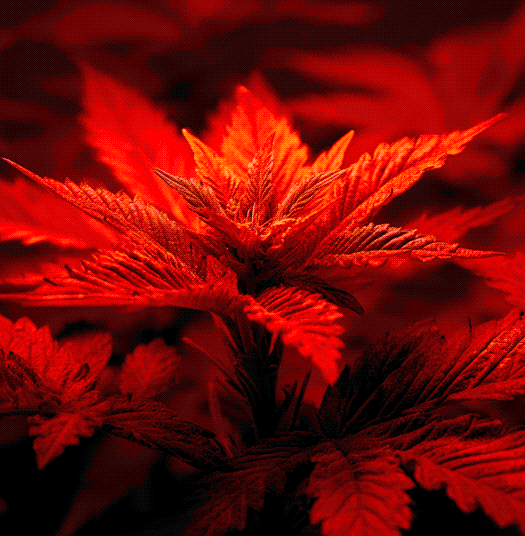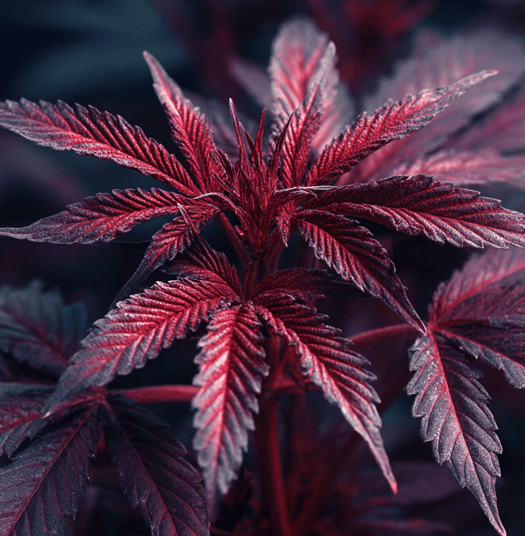Precision Spectrum Efficiency
The PoE Lighting delivers an optimized lighting spectrum with precisely targeted peaks in red, blue, and far-red wavelengths. This unique combination maximizes the efficiency of photosynthesis, ensuring plants use fewer photons to achieve vigorous growth. By targeting specific wavelengths essential for plant growth, LumaG reduces wasted energy, resulting in thriving plants even at lower Photosynthetic Photon Flux Density (PPFD) levels.Light Tuned for Photosynthesis
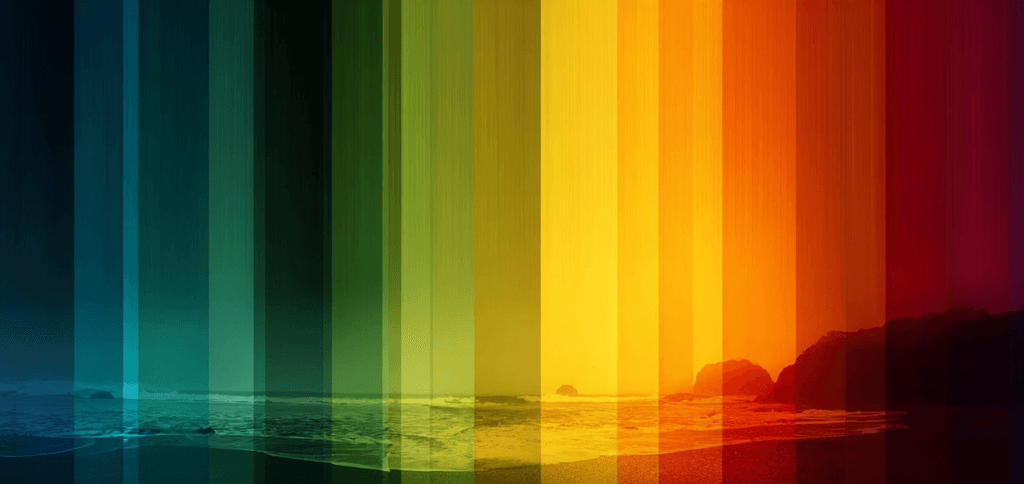
-
Blue
450–455 nm
Drives strong photosynthesis while shaping compact, resilient plants. Blue light builds sturdy stems, vigorous roots, and lush green leaves—perfect for powering early vegetative growth.
-
green
520–525 nm
Reaches deeper into the canopy where red and blue can’t, activating photosynthesis in lower leaves. This boosts overall efficiency and adds steady, healthy biomass across the whole plant.
-
Red
620–625 nm
The workhorse of photosynthesis. Red light fuels energy capture, stimulates stem growth, and triggers abundant flowering and fruiting for a productive harvest.
-
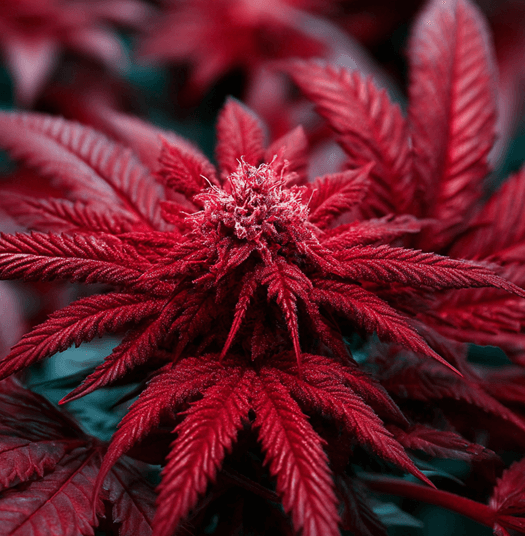
Deep Red
655–660 nm
Hitting the peak of chlorophyll absorption, deep red supercharges photosynthesis. It pushes plants toward heavier blooms, fuller flowers, and consistently higher yields.
-
Far Red
730–735 nm
Activates phytochrome receptors to signal faster flowering and gentle stem stretch. In synergy with red light, far red unlocks the Emerson Effect, boosting photosynthesis beyond what other wavelengths achieve alone.
PoE Lighting Precision Spectrum
The PoE Lighting Precision Spectrum delivers light with scientific accuracy, targeting only the wavelengths plants use most for photosynthesis and growth.
Instead of wasting power across hundreds of inefficient wavelengths, it concentrates energy into five narrow 5-nanometer bands precisely tuned to the plant’s biological response curve: Blue (450–455 nm) for vegetative growth, Green (520–525 nm) for canopy penetration, Red (620–625 nm) and Deep Red (655–660 nm) for flowering and yield, and Far Red (730–735 nm) for growth signaling that influences flowering, leaf expansion, and plant shape.”
Each spectral band can be independently controlled through software-defined light recipes, allowing precise adjustments for every growth phase. Because the output is precisely tuned, up to 95% of emitted photons
are photosynthetically active.
This targeted approach not only reduces photon waste but also eliminates excess heat, which typically comes from broad-spectrum fixtures emitting unused wavelengths. The five-band spectrum maps directly onto the photosynthetic action curve of cannabis and other high-performance crops, ensuring every photon counts. With no need to “overpower” plants to compensate for inefficiencies, growers can maintain lower power inputs while achieving superior morphological outcomes—like tighter node spacing, increased trichome production, and faster transition between growth stages. This level of spectral precision transforms lighting from a utility into a growth tool, enabling smarter farming at lower energy costs.
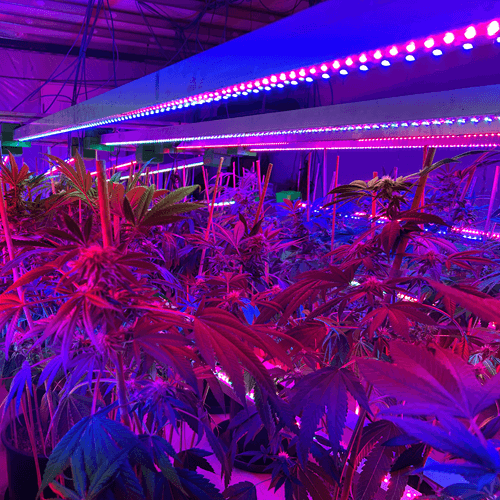
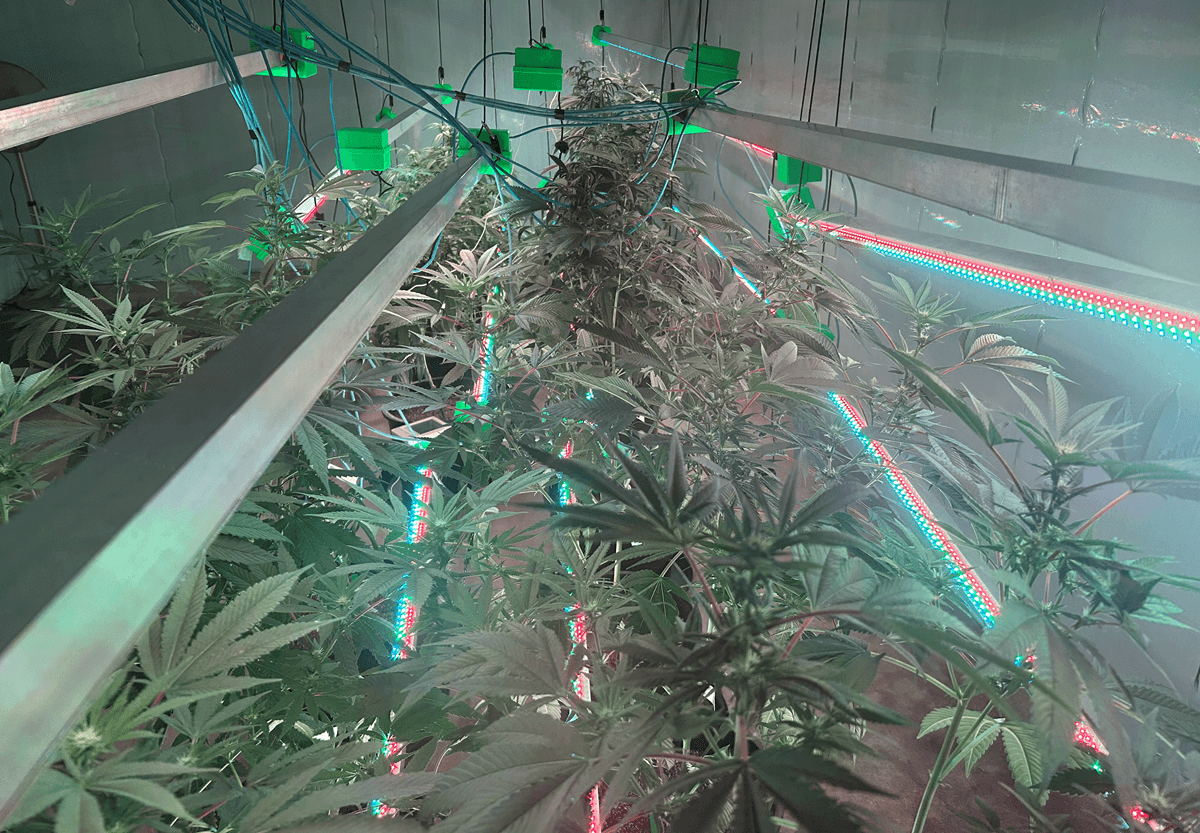
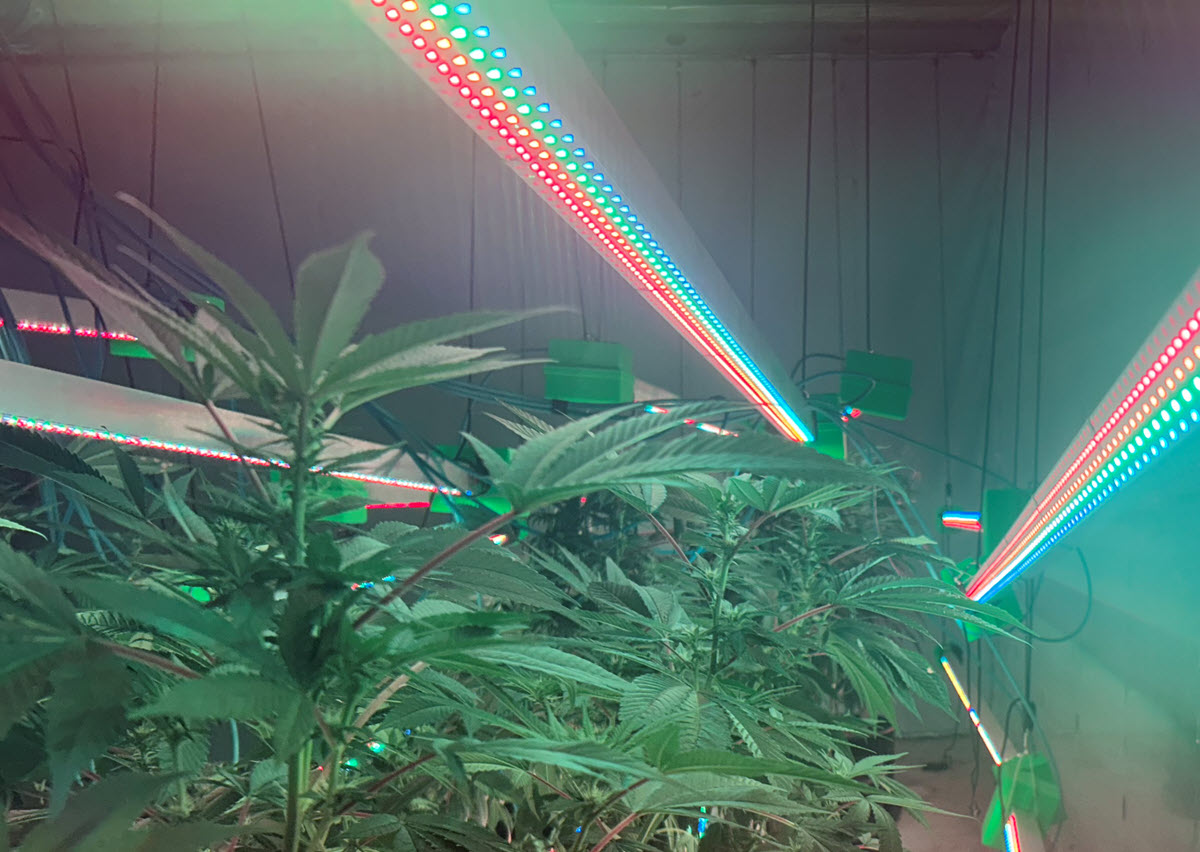
Light Recipes
Stage-specific light recipes are customized lighting plans that adjust spectrum, intensity, photoperiod, and distribution throughout the cannabis growth cycle.
Much like a chef’s recipe, these lighting strategies change with each stage—seedling, vegetative, and flowering—to guide plant development, maximize efficiency, and improve yield.
By tailoring light to plant needs, growers achieve stronger structure, higher potency, and more consistent results.
Dynamic, programmable fixtures make these recipes repeatable, turning lighting into a precision growth tool rather than a fixed input.
Light recipes transform lighting into a programmable, repeatable tool. With consistent stage-specific profiles, growers achieve uniform results across harvests, reducing variability in plant structure, yield, and quality. Reliable outcomes make scaling operations easier and help meet consumer expectations batch after batch.
With programmable light recipes, growers can fine-tune responses like internodal spacing, bud density, terpene expression, and flowering speed—all without guesswork. These recipes also reduce the risk of plant stress caused by improper lighting transitions. As data accumulates over harvests, growers can refine recipes even further, leading to predictive growth models and scalable, high-performance cultivation systems.
Power Over Ethernet
Power over Ethernet (PoE) is a technology that delivers both low-voltage DC power and data through a single Ethernet cable, eliminating the need for separate electrical wiring.
Unlike conventional lighting that operates on high-voltage AC power, PoE systems use DC power — typically limited to 100 watts per port — transmitted safely over Cat5e or Cat6 network cables.
This low-voltage design makes PoE inherently safer, cooler, and more efficient, while enabling digital control of every light fixture through the same cable that provides power. It reduces installation complexity, eliminates conduit, and allows real-time energy monitoring and adaptive dimming through software control.
The precision-spectrum of PoE Lighting is ideal for PoE because it requires less energy to generate highly efficient photons, allowing growers to achieve equal or greater yield with dramatically lower power consumption and heat output.
PoE Lighting uses up to 80% less power than conventional full-spectrum fixtures and produces minimal heat, drastically reducing both electrical and cooling expenses.
Operating at roughly 72°F, PoE fixtures enable tight canopy placement without heat stress or light burn, ensuring uniform growth and higher cannabinoid retention.

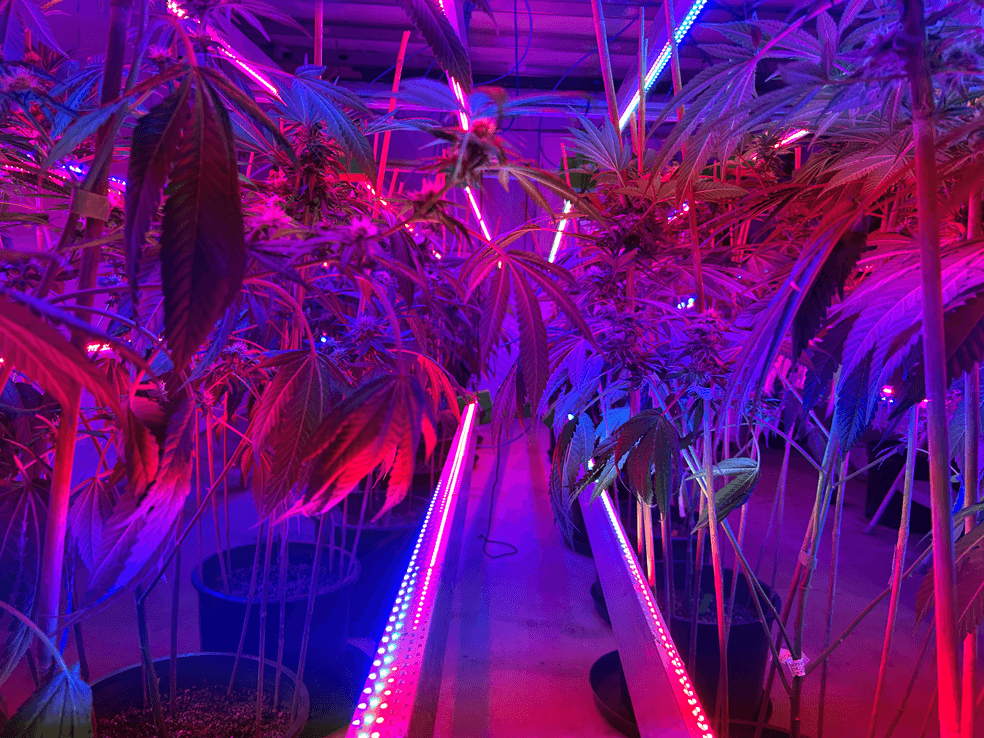


Full Spectrum Lighting & PPFD
Full-spectrum LED lights are designed to approximate natural sunlight, typically covering the 400–700 nm range known as Photosynthetically Active Radiation (PAR) — the wavelengths that support photosynthesis and plant development.
Many wavelengths within this range contribute little or nothing to photosynthesis — meaning a considerable share of emitted photons are essentially photon waste, consuming power without producing measurable growth benefit. This results in higher energy use and additional heat that must be managed in the grow environment.
In addition, most full-spectrum manufacturers do not disclose the precise spectral output of their fixtures, so growers rarely know which wavelengths dominate or how efficiently their lights convert energy into usable photons. As a result, performance can vary widely among “full-spectrum” products.
PPFD (Photosynthetic Photon Flux Density) is a scientific measure of the amount of light — specifically, photosynthetically active radiation (PAR) — that actually reaches the surface of a plant canopy. Growers often set target PPFD levels (for example, 600, 1,000, or 1,500 µmol·m⁻²·s⁻¹) as benchmarks for different growth stages such as propagation, vegetative, and flowering phases. These targets serve as practical guides for ensuring plants receive enough light intensity to drive photosynthesis and maintain healthy development.
PPFD is a useful measure of how much light reaches the canopy, but it doesn’t reveal what kind of light plants are getting. It counts all photons between 400–700 nm equally, even though some wavelengths are far more effective for photosynthesis than others.
As a result, growers may increase PPFD believing they’re delivering more value, when in reality they’re often just paying for additional power — not better light.
DLI @ Spectrum
PoE Lighting uses a significantly more useful measurement.
DLI (Daily Light Integral). DLI, by integrating PPFD over time, tells you how much light energy your plant actually received that day. If PPFD is intensity, then DLI is volume.
Spectrum Adds the “Quality” Dimension
By combining DLI with known spectral composition, you move from “how much light” to “how useful that light is.”
DLI at a known spectrum quantifies photon dose × photon quality, not just raw brightness.
“DLI at what Spectrum?” Is the new measurement standard.
